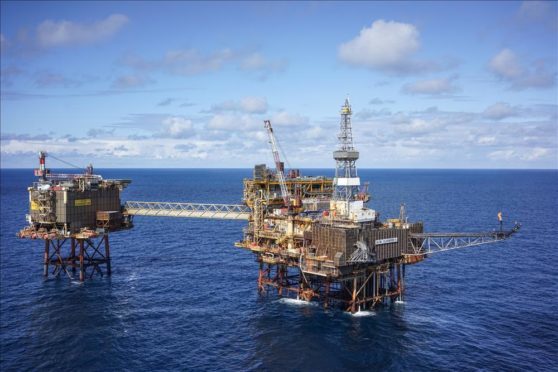The Health and Safety Executive (HSE) has warned Repsol Sinopec Resources UK (RSRUK) after hundreds of kilos of equipment fell dangerously close to offshore workers during a lifting operation on the Claymore platform.
More than 260kg of equipment was dropped from a height of nearly five metres during the incident on the central North Sea platform on 27 March, according to the safety regulator.
The HSE said it was “foreseeable” that one or more of these people “could have been seriously injured or killed by this falling lifting equipment.”
Failures during lifting operation
In an improvement notice served to the company in May, the HSE said that RSRUK “failed to ensure that lifting operations were properly planned, appropriately supervised and carried out in a safe manner.”
During an operation to remove the John Brown B Turbine rotor onboard the platform, two 74-kg beam trolleys, a beam clamp weighing 34kg and other associated lifting equipment weighing 80kg all fell approximately 4.6 metres to the deck, the notice records.
The equipment landed within one metre of a member of the lifting team, and within a barriered area in which three members of the lifting team and four other workers were located.
It also notes that during the operation, the turbine rotor swung in “an uncontrolled manner,” causing one of the work party to fall to the floor, sustaining minor injuries.
The regulator said this occurred because RSRUK “failed to install appropriate end stops on the lifting beam” and that it had failed to identify that these were not installed during both lift planning and worksite inspections prior to commencing the lift.
An investigation found that freewheeling trolleys were used, rather than geared trolleys as required by the lift plan, and that RSRUK “had not carried out any review or authorisation of this significant change.”
Moreover, the HSE said it had identified “a number of significant errors” within the lift plan itself and associated lifting drawings which were had not been identified during the planning, review and authorisation processes.
Investigations carried out
A spokesperson for the operator said: “Repsol Sinopec can confirm that we received an Improvement Notice from the Health and Safety Executive in relation to a dropped object incident on our Claymore platform located 100miles north east of Aberdeen.
“Thorough investigations have been carried out by Repsol Sinopec and the HSE and we are proactively engaging with the regulator to manage and rectify any issues identified.
“Safe operations in all company activities is a priority and we are committed to ensuring the safety and wellbeing of all personnel who work on our sites.”
The Claymore complex is located in block 14/19n in the Central North Sea, around 100 miles north east of Aberdeen.
Repsol Sinopec holds majority stakes in the asset, alongside minority partners Transworld Petroleum (17.7%) and Dana Petroleum (7.5%).
The platform was installed in 1976 with first production from the Claymore field commencing in November 1977. A second platform for accommodation was later added in 1995.
